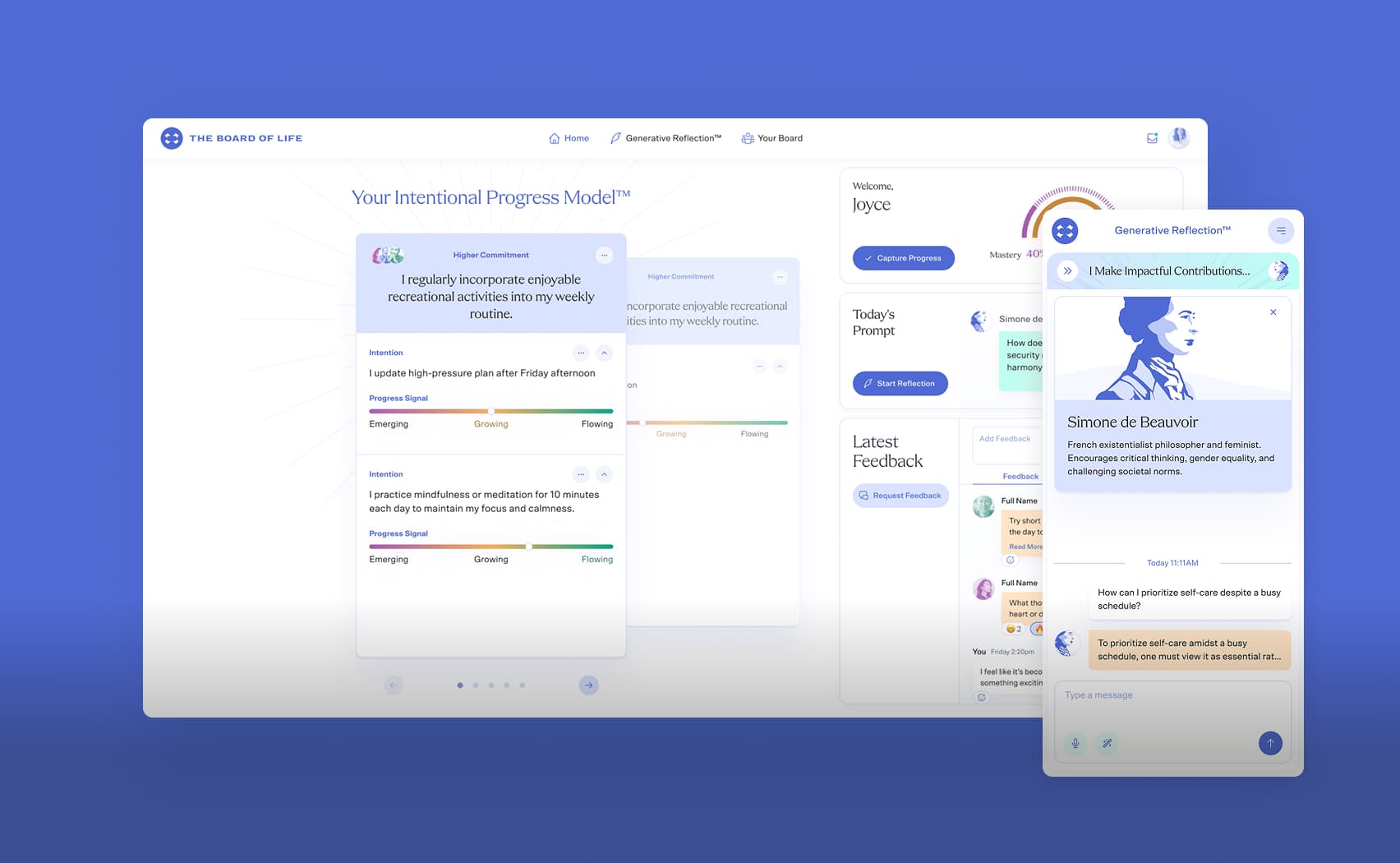What are the CIO, CTO, and CPO?
Just about everyone knows about the CEO and CFO. But chances are you’ve heard of a few other chief officers- such as the CIO, CTO, or CPO.
These roles are responsible for making some of the most important decisions for a company. While their responsibilities often overlap to a degree, they do have dedicated and important functions.
The Chief Information Officer (CIO) is in charge of information and technology.
The Chief Technology Officer (CTO) is in charge of building the product.
And the Chief Product Officer (CPO) is in charge of the product itself.
Let’s take a look at each of these in turn to see what exactly their role is.
Chief Information Officer: Making Sure Your Internal Technology Works
Any modern tech company will have lots of computers and data to take care of. If you have any hope of running such a company, you will need somebody to manage all of that technology.
This includes responsibilities like strengthening cybersecurity, making sure software is up to date, handling cloud-based infrastructure, and complying with IT regulations.
While the CTO is in charge of the technology inside your product, the CIO is in charge of the technology that you need to make your product.
Chief Technology Officer: Making Sure Your Product Gets Built
Many tech startups begin with just a CEO and CTO. The CEO is in charge of the whole operation, while the CTO is in charge of creating the product.
The CTO is often responsible for designing the central software architecture and choosing the appropriate technologies at the start of the process. As the business develops, the CTO is also involved with hiring and selecting a development team on a more long-term basis.
Chief Product Officer: Making Sure Your Product Succeeds
Many people confuse the CTO with the CPO. After all, the CTO builds the product, right? So what does the CPO do?
It is true that the CTO is in charge of building the thing you sell. But, philosophically speaking, a product is more than just a thing that you sell. A product is really a relationship between a company, its customers, and the thing that the company sells to the customers.
In this sense, marketing, branding, advertising, and customer service all help to make the product that consumers buy. The CPO is responsible for aligning these external factors with the internal technological factors that the CTO handles.
This also includes user design and experience, which go a long way in helping decide the type of relationships customers will develop with your brand. It’s estimated that every dollar spent on UX design brings an average of $100 in return.
Overlap and Communication in the C Suite
As you can see, these roles have significant overlap in terms of responsibility. This means that there are important opportunities for communication and collaboration between each role.
The CIO and CTO need to work together to make sure that the technology the company has is sufficient to work on the technology the company wants to build.
The CTO and CPO need to work together to make sure that the product they build is a product that customers will want to buy.
The CIO and CPO are less directly connected. Their level of collaboration will vary based on the type of product the company puts out.
For example, consider a startup that makes a health app that records large volumes of confidential consumer health data. The CIO will be responsible, along with the CTO, for managing that data and keeping it safe. The CPO would have to work with both of them to ensure that messaging about their data policy is correct and helpful.
What roles do I need for my company?
Every situation is unique. Not every company will have each of these roles at every moment throughout its history, if ever.
In general, more specialized roles tend to come on board later. Many startups begin with just a CEO and a CTO- with no single role dedicated to just information, product, or even finance.
But as time goes by, and the operation becomes more complex, this tends to change. One person can’t juggle the needs of the development team and of the company’s equipment when there are 1,000 people working in the company.
Starting with a Fractional CTO
Finding a suitable CTO is one of the first steps that many founders take in their startup journey. But this can be hard, especially for founders who don’t have a tech background.
Fortunately, it’s not completely necessary to commit to the right person right away. There’s another approach called Fractional CTO.
In this arrangement, the founder works with a seasoned technical expert on a more part-time basis. This temporary CTO may help several different startups at once.
This is a win-win for everybody. At the earliest stages of the process, a full-time CTO is not always going to be necessary. And a new founder gets the opportunity to work with a highly skilled expert, someone who can set their startup in the right direction from day one.
In some cases, the fractional CTO transitions into becoming a full-time CTO for the company, but it is more common to find someone else. By that point, they will have laid a strong technical foundation for the company.
Does your company need a role like this? Check out our Fractional CTO program.



